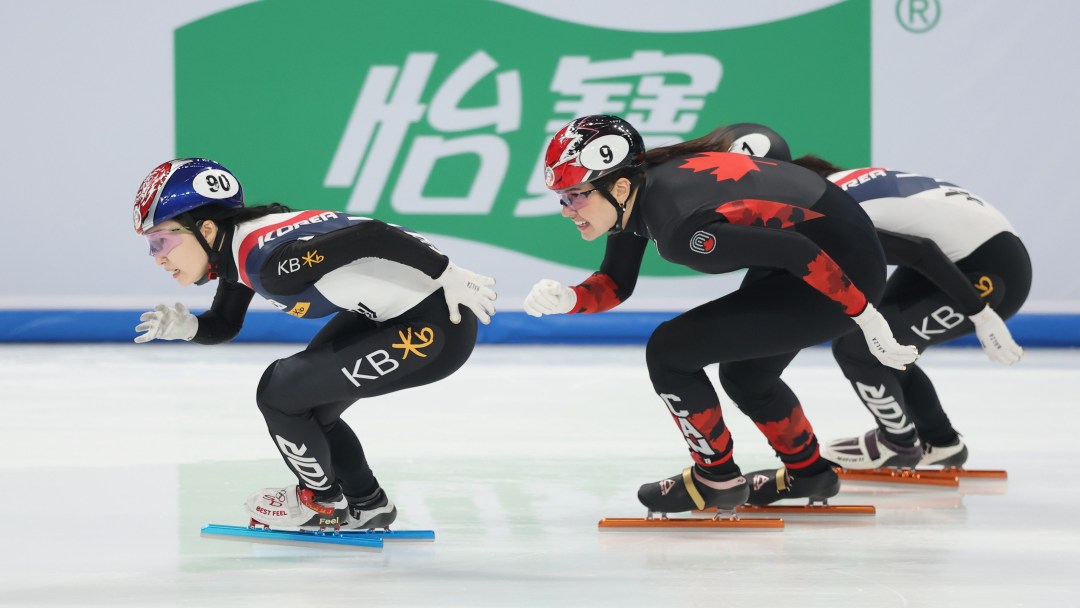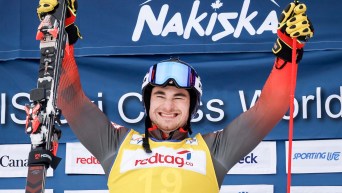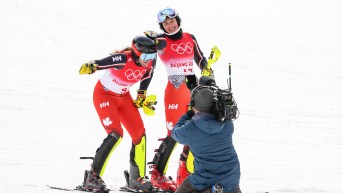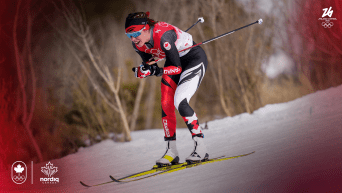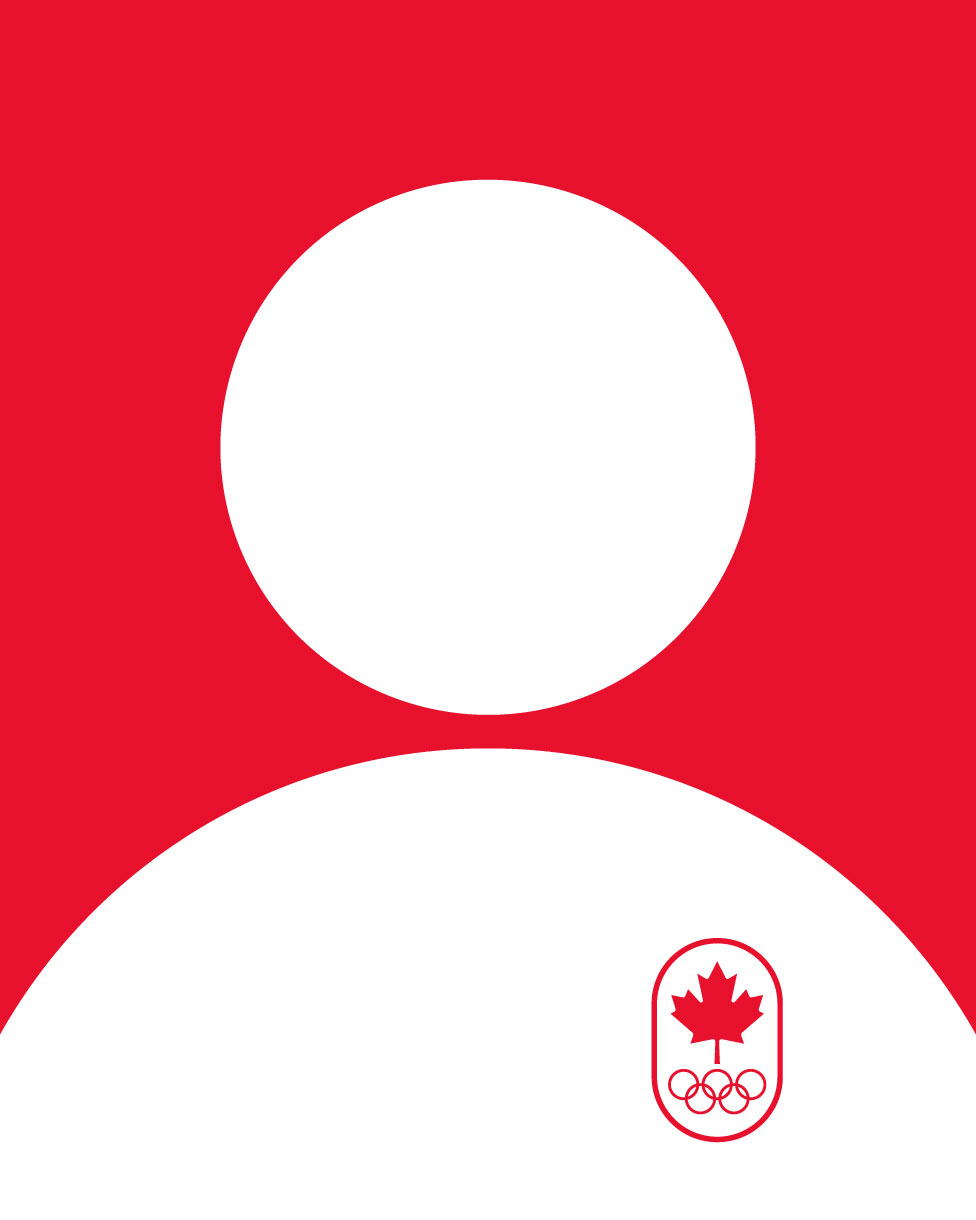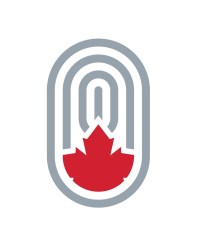Courtney Sarault discovers new mental strength after two years of challenges
“I don’t think you’ll hear many athletes say this, but my concussion was really a blessing in disguise.”
That confession from short track speed skater Courtney Sarault is certainly not a statement many athletes would make. So how did this come to be for the 25-year-old Team Canada Olympian with a stellar track record within the controlled chaos that is short track speed skating?
Let’s step back a few years. Sarault made her ISU World Cup debut during the 2018-19 season, and her ISU World Championships debut that same year, where she won a bronze medal with the women’s 3000m relay. Sarault would go on to rack up more hardware at subsequent world championships. She earned the overall silver as well as silver in the 1500m and bronze in the 1000m in 2021, followed by silver in the 3000m relay in 2022. In 2023, she claimed two more bronze medals in the 1000m and 3000m relay.
Sarault had been named to her first Olympic team for Beijing 2022, where she was part of Team Canada’s 3000m relay team that narrowly missed the podium, finishing in fourth place. Sarault was also part of the 2000m mixed relay team that finished sixth and placed 11th individually in the 1000m and 1500m events.
Clearly, Sarault is immensely talented. But in the fall of 2023, things started to feel different. Skating felt harder, and the more she pushed, the worse she felt. The performances Sarault knew she was capable of—and had a history of laying down—were simply not happening.
“I had my worst season ever. I got sick physically, and it made me sick mentally,” Sarault said.
More is not always better
In January 2024, she took to Instagram to acknowledge that something had been off, and she was taking time to figure it out. In April, Sarault shared with her followers the diagnosis—non-functional overreach with elements of overtraining.
Non-functional overreach occurs when an athlete is unable to recover adequately from training. This means that further training, rather than building them towards better performances, actually digs them into a performance hole. Symptoms can manifest differently for different athletes, but common red flags include persistent fatigue, reduction in performance, increased vulnerability to illness, sleep disturbances, high heart rate at rest, decreased focus, depression, and more.
“My heart rate variability showed that even when I was resting, basically I wasn’t resting. My heart was going like I was training,” said Sarault.
Despite being told she needed to rest and reduce her training load, Sarault struggled with the voice in her head that was telling her she just needed to try harder and push through.
But then came the concussion—the factor that Sarault calls the “cherry on top.”
In September, Sarault posted that her concussion recovery, which had forced her to miss the Canadian Short Track Championships, would also take her out from competing at the first two stops on the ISU Short Track World Tour.
The power of rest
“For the first time, I allowed myself to really rest,” said Sarault. She was able to quiet the part of her brain that demanded more is better and was able to embrace that, sometimes, less is actually more.
In November, Sarault announced her return to competition the following month. In February, she took gold in the 1500m at the World Tour stop in Tilburg, Netherlands. At the 2025 World Championships, she notched two silver medals in the women’s 1000m and 1500m and took gold alongside teammates Kim Boutin, Florence Brunelle, and Rikki Doak in the women’s 3000m relay.
Sarault is not just physically back in form. The experiences of the last two years have made her mentally stronger than ever.
“I did, basically, two years of exposure therapy of failing all the time, which was my fear,” said Sarault. “I’m joking about it now, but it really makes you so much stronger. The more you go through, the more you grow through, is my little saying.”
Sarault wants her experience to be both a cautionary tale for other athletes struggling with a “more is better” mindset, as well as an example of hope for athletes that may also be dealing with injury—especially the kind that is slightly amorphous.
“No matter how down bad you get, or how tough the times are, you can and you will get out of it—whether it’s two days from now or a year from now. And when you do come out from it, you will be 50 times stronger.”
Watch out world
That’s where Sarault is at now—a Courtney 2.0, especially when it comes to mental strength.
“I’ve built this whole other version of myself that I didn’t even know,” Sarault said. “I always thought I was pretty strong mentally, but now I’m top level. I can do anything. I’m not scared anymore. I don’t care if I fail. I don’t care if I mess up. I’ve been doing it for two years, so nothing can hurt me now.”
A fearless Sarault will be a force to be reckoned with heading into an Olympic year. Her journey towards Milano Cortina 2026 will begin August 23, when the 2025 Canadian Short Track Championships kick off in Montreal.
Concluding the following weekend, the national championships are the selection event to determine who will compete with the Canadian Ice Maples on the ISU Short Track World Tour this fall. Results from the four World Tour events will be used to allocate Olympic quota spots and decide which Canadian short track speed skaters will fill those spots on the Olympic team.
You can go cheer the athletes on live, or stream the action through Speed Skating Canada’s YouTube channel.

